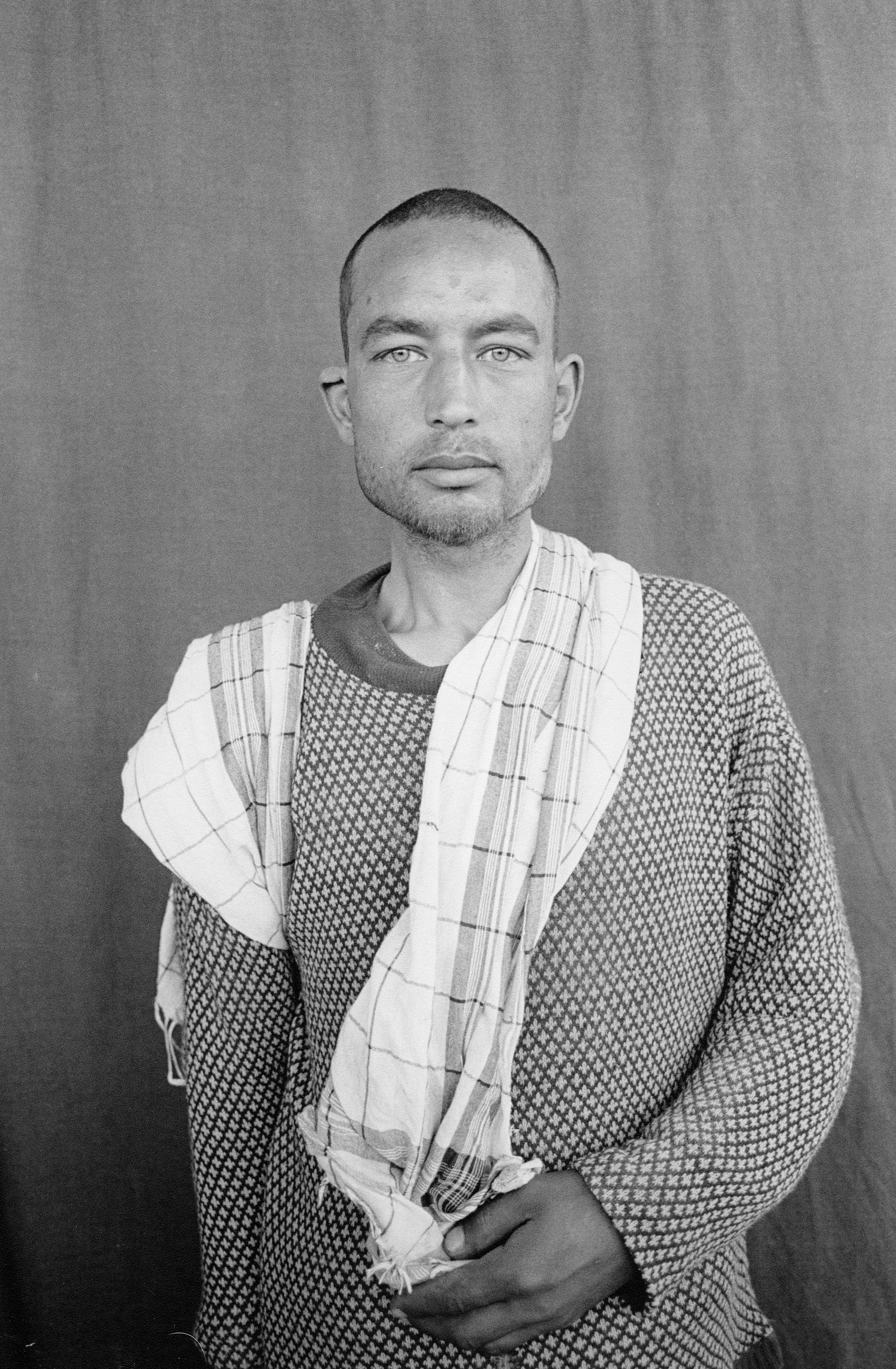

photojournalist Beb C. REYNOL
The landscape is removed and replaced with a curtain backdrop. The absence of landscape that defines the outlines of their identity transfuses a series of exclusive frames which expose an intimate window to the Pashtuns. The portraits become objective, result of interpretation or perhaps true to the subjects. A rare look into the enemy's eyes, communicating the voice of ordinary people. The photographs put us face to face with a community that often lies beneath the Taliban's label.
The photographer's approach is to explore an identity that may best represents the Pashtun.
The Pashtuns have remained the center of upcoming elections and armed conflicts in both Afghanistan and Pakistan. Recently, American officials and the Afghan government have entered unprecedented negotiations with the Taliban leadership, to end the war. The questions about the Pashtuns have taken a crucial significance for the world.
My goal is to document the Pashtun communities in remote and rural areas where illiteracy prevails. I want to bring their various human strength and frailties to the forefront while focusing in every aspect of the Pashtun social and religious structure.
I also want to create a dignifying portrait of Pashtu individuals in Pakistan and Afghanistan who, because of their ethnic status, are victims of circumstances. I want to record the voice and stories of those who have been silenced due to the rise of fanatical religious elements.
This project explores the aftermath of Talibanization on the Pashtun culture in the borderlands of Afghanistan and Pakistan and the cost of censorship. Forbidden Faces is a photo essay that approaches remote Pashtun communities and captures out-of-the-ordinary faces to reveal their untold stories.
Since 1999, the photographer has walked across the border that separates Afghanistan from Pakistan. Out on the open, in front of a staged backdrop, local Pashtuns are being photographed, their personal stories recorded, stirring an uneasy social behavior among loyal Taliban followers who have so far put a dark shadow over democracy and the freedom of expression in Afghanistan.

The photo essay closely examines the predominant Afghan Pashtun in its own romantic culture, revealing a hidden passion for poetry and music , a cultural and social fabric from which centuries of stories were told and passed on.
The photographer's work retraces a parallel underground movement, which, at the height of the Taliban regime, led numbers of Taliban fighters, themselves Pashtuns, to secretly pose for intimate and revealing photography portraits. Men posed holding hands together, or next to a bird, a flower or a radio: vital elements of their cultural and individual identity that were banned for "non-Islamic" influences.
Censorship has taken many forms in remote and rural areas. The influence of the Taliban inside Pashrun communities has deeply traumatized people. While in a mission in Kandahar, in Afghanistan, many Pashtuns I tried to photograph were hesitant to be approached; they often looked into the crowd for a positive sign, a general approval.
Piles of negatives of such portraits were found in various locations of the city when the photography shops re-opened one by one after the fall of the regime in 2001, revealing a trend, which hundreds of Taliban loyalists joined in. The desire to be distinguished from a fundamental Talibanization forced hundreds to ignore the ban to express themselves by any means possible, despite their limited communicating skills. The portraits gave them a voice and a channel to communicate their identity while expressing their lack of freedom.
Media coverage of the war on terror in Afghanistan revealed very little about the impact of the Talibanization across the region. The Taliban's control over the Pashtun communities in tribal regions of Afghanistan has accelerated the decline of an ancient and complex culture. While this project breaks many taboos, I am hoping it will sensitize our western views on a population often marginalized for political agenda, a change very much needed to shatter stereotypes prior implementing peaceful solutions into the regions.